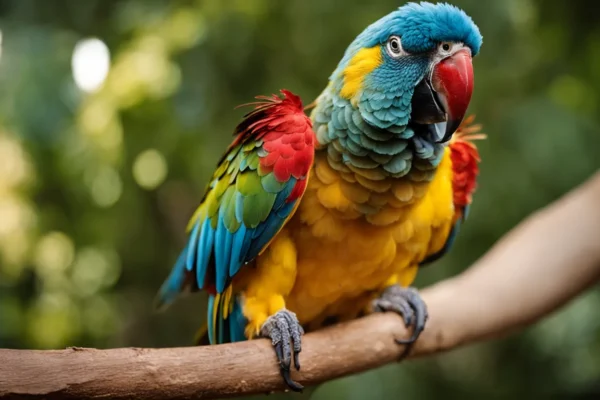Any kind of owl has the potential to attack anyone who approach their young, mates, or territory too closely. Though they are often targeted, hikers and joggers typically escape unhurt. Attacks by owls seldom result in death.
What makes owls hostile?
Owls are typically rather docile creatures, but if they sense danger or are disturbed, they may become violent. This is particularly true for owls that are near their young or a partner. The majority of owl attacks on people do not cause significant harm, and owl assaults seldom end in death. Nonetheless, other owl species—such as the snowy and eagle owls—are more inclined to attack people. To prevent a fight, it’s advisable to gently back away and leave the area if you come across a hostile owl.
Are owls capable of self-defense?
Owls can protect themselves against prospective predators because to their strong talons and beaks. Many owl species also have exceptional hearing and eyesight, which aid in their ability to identify dangers at a distance. An owl, for instance, may use its acute vision to identify a possible predator that is getting close and then take off to avoid being attacked.
Owls will also use their powerful talons to swoop down on possible predators and dive in to defend themselves. These talons may inflict severe injuries or even death. Even though owl assaults on people are uncommon, it’s always crucial to exercise caution near these magnificent birds and allow them plenty of room to defend themselves if needed.
Do owls dive-bomb individuals?
When an owl sees someone approaching too closely, they are known to dive bomb and attack, particularly if they are protecting their young or a partner. Although most owl assaults on people do not cause significant harm, some owl species are more hostile than others. Two owl species that may dive bomb humans in self-defense are the snowy owl and the eagle owl.
To prevent injury, you should carefully back away and leave the area if you come across a hostile owl. In addition, if you are running or trekking in an area where owls are abundant, you may take preventative measures to shield yourself against owl attacks, such as bringing an umbrella or donning a helmet. Furthermore, it’s important to show owls respect and provide them enough of room so they may protect themselves if needed.
Is an owl a biter?
Although owl assaults on humans are uncommon, many owl species may inflict significant harm due to their sharp beaks and talons. If an owl feels offended or threatened, particularly if they have a partner or young nearby, they may bite. Being wary of these magnificent birds and allowing them enough room to defend themselves is crucial if you want to avoid being bitten by an owl. Furthermore, you may lessen your chance of being hurt if you come across an owl while running or hiking in an area where they are common by donning protective gear like a helmet or carrying an umbrella.
Which bird is the most vigilant?
Because various bird species have differing degrees of protective behaviors and skills, there is no one right solution to this topic. A few birds that are very protective include the peregrine falcon, snowy owl, and bald eagle. These birds are renowned for having strong beaks and talons that, in the event of an assault, have the potential to inflict fatalities or severe injuries. They also have outstanding hearing and eyesight, which enable them to recognize and react to dangers from a distance.
These birds often use their keen talons to swoop down on predators and dive in to protect their young or themselves. Even though owl assaults on people are uncommon, it’s still crucial to exercise caution near them and allow them plenty of room to defend themselves if needed. Additionally, one of the best ways to protect oneself from such assaults is to show respect for birds and refrain from doing anything that can agitate or upset them.
Do Owls Show Aggression by Crying?
Are owls weepers? No, unlike what the general public believes, owls do not scream out of hostility or any other emotion. Tears are not part of their expressive repertoire, however they may hiss or shriek when threatened. The amazing hunting abilities and unusual adaptations of owls make them intriguing animals, but crying is not one of them.
What happens when an owl is killed?
Since owls are protected by law in many parts of the globe, killing one is a severe violation. Depending on where you reside and the specifics of the occurrence, killing an owl might have legal ramifications that include fines or prison time. Furthermore, since owls are a vital part of the food chain and help regulate the numbers of rodents and other tiny prey, killing one might have a detrimental effect on the surrounding ecosystems and habitats.
Respecting owls’ habitats and personal space, avoiding unnecessary disturbance, and taking preventative measures like wearing protective clothing or carrying an umbrella if you plan to jog or hike in an area where owls are prevalent are all vital ways to prevent injuring these magnificent creatures. Furthermore, being knowledgeable about the habits and environments of various owl species will help you steer clear of unintentional situations that can endanger these famous birds. Overall, in order to preserve these important components of our natural environment, we must be aware of owls and treat them with care and respect.






